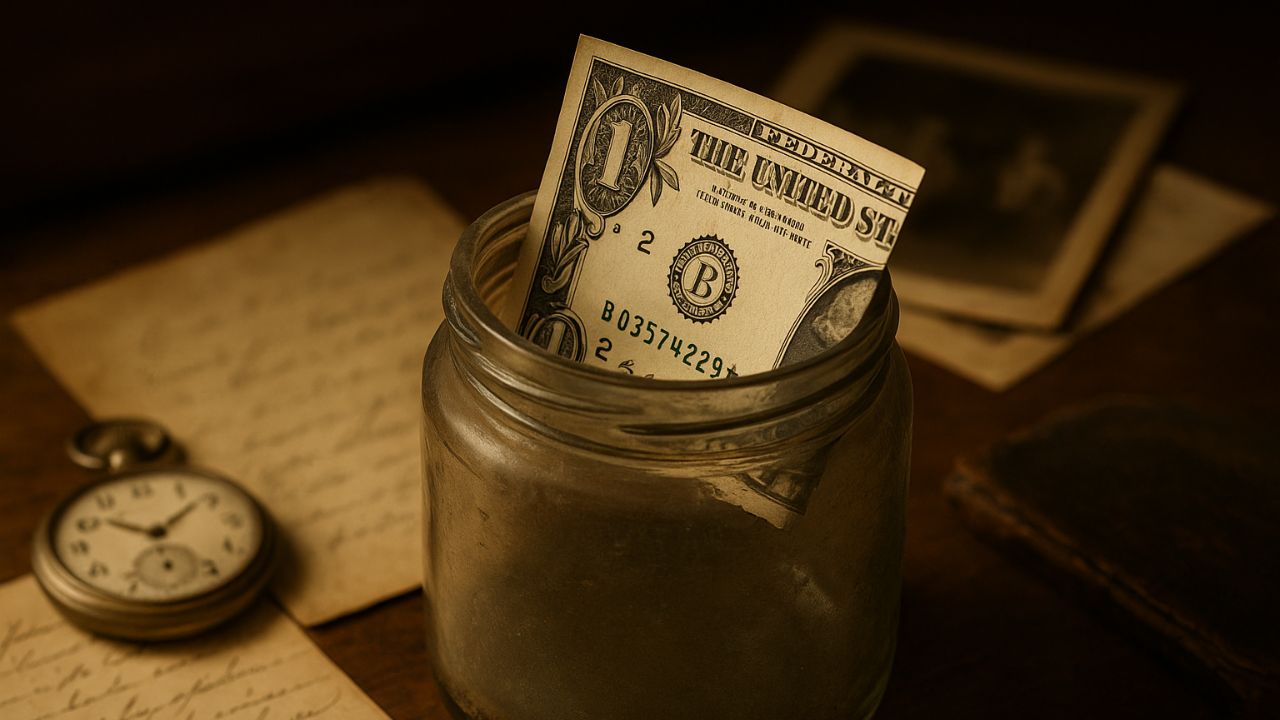In a quiet countryside home in Pennsylvania, a family clearing out an old barn stumbled upon a dusty jar filled with miscellaneous items, including a folded and surprisingly crisp $1 bill. What made it exceptional? A star replacing the final character in the serial number.
Upon verification, it turned out to be a rare 2013 series Star Note, printed at the Fort Worth facility. With only a limited number of these notes released into circulation, this discovery could easily fetch hundreds or even thousands of dollars depending on its condition, rarity, and demand.
How to Identify a Star Note
Identifying a star note is relatively easy. Here’s what to look for:
| Feature | Description |
|---|---|
| Serial Number | Ends with a ★ instead of a letter |
| Condition | Higher grades (uncirculated) fetch more value |
| Series Year | Some years are rarer than others |
| Printing Facility | “FW” mark indicates Fort Worth production |
Collectors often seek out low serial numbers, uncirculated notes, or those with unique printing errors—making even a simple $1 bill highly collectible under the right conditions.
What Makes This Star Note So Special?
While all star notes are collectable, certain factors pushed this particular find into the spotlight:
- Exceptional preservation: Despite being stored in a jar, the note showed minimal wear.
- Low print run: Some star note batches are extremely small in quantity.
- Interesting backstory: Found among other antique objects, its origin intrigued collectors.
These elements combined to create what experts call a “collector’s dream”—a unique blend of rarity, story, and condition.
Current Market Value for Star Notes
The market for star notes can vary significantly. Here’s a general idea of what similar $1 star notes might be worth:
| Grade | Estimated Value |
|---|---|
| Circulated | $5 – $20 |
| Crisp Uncirculated | $30 – $100+ |
| Rare Series/Print | $200 – $1,000+ |
Some extremely rare or low-serial-numbered star notes have sold at auction for over $2,000.
What Is a Star Note and Why It’s Valuable
Star notes are replacement banknotes issued by the Bureau of Engraving and Printing when a note is misprinted or damaged during production. To distinguish these special replacements from regular notes, the serial number ends with a star symbol (★) instead of a letter. This minor variation makes star notes especially desirable in the world of paper currency collectors.
Their rarity and limited circulation make them far more valuable than their face value. The excitement surrounding one such recent discovery—a Star Note $1 bill found tucked inside an old mason jar—has captivated the numismatic world.
Conclusion
This rare Star Note $1 bill found in an old jar is a compelling reminder of the hidden treasures that might be lurking in attics, drawers, or old containers. With collectors increasingly paying attention to small but rare currency variations, it’s worth checking your cash stash for these unique notes.
Whether you’re a seasoned collector or just starting your journey, understanding the value of star notes can help you spot a hidden gem—and maybe even turn a simple dollar into a four-figure find.
FAQs
What does the star on a $1 bill mean?
It indicates the note is a replacement for a misprinted or damaged bill, making it rarer than standard notes.
How can I check if my $1 star note is valuable?
Assess the condition, year, serial number, and rarity. Notes in uncirculated condition or with low print runs are often more valuable.
Where can I sell my star note?
Try coin shows, auctions, or online platforms like eBay or currency-specific collector sites.

